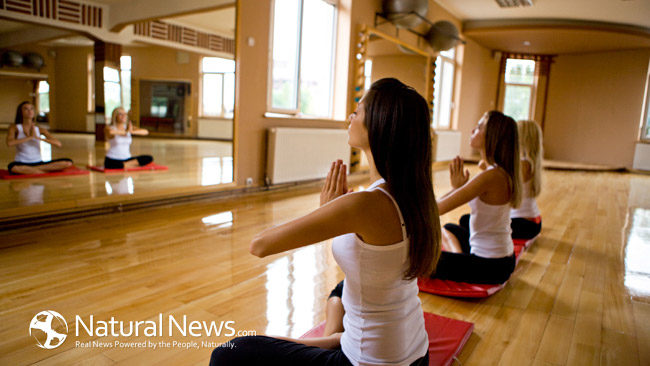For a gentle, effective workout that leads great posture and body elasticity, yoga blocks are the way to go.
Stiff bones? Improper, awkward posture? Need to exercise with minimal injury and travel time – after all, running and biking have their own disadvantages and trekking to and from the gym may swallow up your precious time. If you answered yes to any of the above, you need yoga blocks.
What is a Yoga Block?
A yoga block is an object used to help you achieve proper pose and maintain stability. It is about the size of a large brick or shoebox, and is usually made of foam, cork, or balsa wood. The material does not affect the quality of the block, as long as the block provides enough support and strength to sustain the weight of an adult.
The blocks are approximately 9 inches in length, 6 inches in breadth and 4 inches in height. Yoga blocks can be used in all positions, such as on the side, lying flat or standing tall.
Benefits of Yoga Blocks
Almost a century ago, Yogi B.K.S. Iyengar of India first introduced the use of props to yoga. Yoga Blocks were one of his suggested props and has the following benefits:
- Props used doing yoga are very useful for the beginner, as they make it easier for the practitioner to get used to the various poses and asanas. For e.g., Yoga blocks are recommended for standing poses, especially if one hand is reaching to the floor.
- For experienced, yoga blocks let then try out challenging poses more safely. For e.g., while doing the Downward Facing Dog position, yoga blocks are often used to relieve pressure from the arms and upper body.
- In general, for everyone, yoga blocks improve body alignment and offer protection against possible injury, which is very common common among the teens nowadays.
When is a Yoga Block used?
Yoga blocks can be used by students of all level, but no one can refute the fact that like all props, it needs a bit of practice to get used to practicing yoga with blocks. You also need to have good control over your upper body, in order to safely use a yoga block.
Usually one block is enough to master a pose, but two blocks may be needed for a weak student or advanced poses. The best person to suggest regarding whether yoga blocks might suit you, will be your certified yoga instructor.
How to use Yoga Blocks
Many enthusiastic yoga believers are confused about how to use yoga blocks for their expertise level. Here is a simply guide to using them in your daily workout:
- Sitting Positions: Yoga block is a good “seater” prop, i.e. you can sit on the block while doing certain sitting poses that otherwise would be uncomfortable, especially those involving involve twists.
- Standing Positions: For better balance while performing certain standing positions, slip the yoga block under the heels of your feet. This also helps align your spine for a much healthier posture.
- Hand Support: Yoga blocks offer support to your hand and help you stretch better. Various poses like the half moon pose and the triangle pose need extensive use of hands, and during such poses, yoga blocks can come to your aid. Especially helpful for those who don’t have optimum elasticity or flexibility in their body.
- Head Support: Best used while doing abdominal poses, horizontal mediating or during the cool down routine. The head and the neck are most exposed during such poses, and a yoga block can support the weight of your head and prevent straining the neck.
Yoga experts stress on precise body alignment in order to achieve the correct pose and recommend the use of yoga blocks in achieving such an alignment. We hope you now have a clear idea on how to incorporate this simple and inexpensive prop like yoga blocks in your yoga routine.





